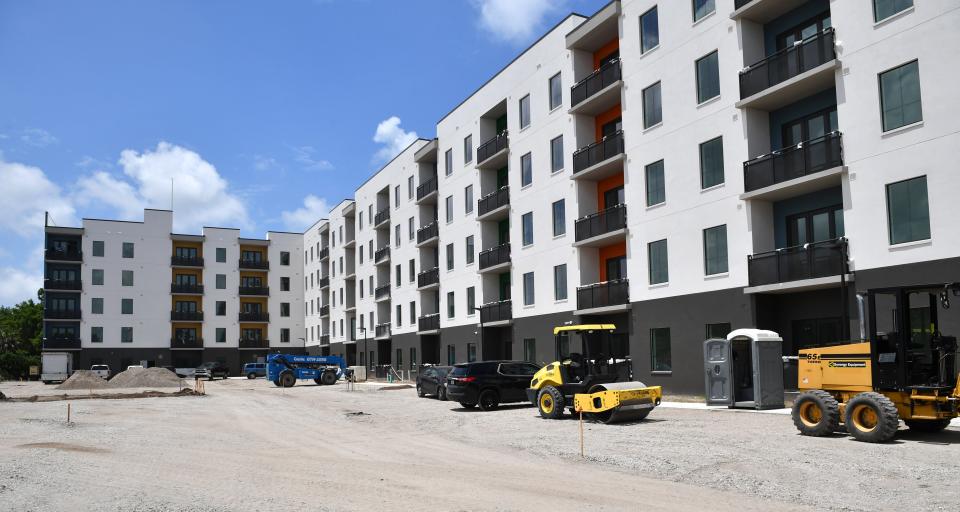Around the House: Why historical housing numbers show affordability problems
The belief by many from several years ago that the current generation of millennials had no interest in owning a home has been debunked by the pandemic as millennial demand for housing has surged and the fact that many see homeownership as an unaffordable dream.
The historical numbers of median household incomes, home prices, interest rates, and inflation demonstrate that first-time homebuyers are at a significant disadvantage for buying a home as compared to their parents and grandparents.
More Around the House: Big shifts in housing being missed
The waiting game: Housing market is strong but now might be the time to sell
In the last 50 years, the median household income in the United States has risen from $11,120 to $75,539, which is almost 6.6 times higher, but the median home price in this country has risen 14.6 times. The percentage of yearly household income to buy a home in 1972 was 42.4%, compared to 19.7% in 2022. In short, incomes in the country have not kept up with the housing prices, and homes are more than 2 times less affordable today.
If that were not bad enough, take a look at the inflation numbers from 50 years ago as compared to today. In 1972, inflation was at 3.3%, and the latest reading in May was at 8.6%. Your dollar is worth a lot less today than in previous years, and family incomes are being squeezed worse today than at any time in the last 50 years.
The only bright spot in the housing market numbers since the Great Recession has been the low-interest rates which have helped many families get into homes that were above their means. However, today with 30-year interest rates hovering in the 6 plus percent range, it is becoming impossible for many families to qualify for housing. The low-interest rate environment for the last decade was the only thing helping families buy a home.

In 1972, the United States population was 209.9 million and in 2022, the population is 332.4, which is 122.5 million more people than 50 years ago. Here is the quandary — the United States has a real shortage of affordable housing, and the citizens who need housing can’t afford it.
Additionally, with the rising cost of construction, rents are escalating beyond renters’ means as well. Unless this country is prepared to have millions of homeless families, something must be done.
The solution to the country’s affordability housing crisis will not be easy and it will require a multi-prong strategy that will include:
Reevaluating government costs such as impact fees and permit costs were non-existent 50 years ago. These fees have spiraled completely out of control in the last 20 years and need to be repealed. The government is double dipping as they charge homeowners high building fees and property taxes.
The over-regulation of building codes in the name of a cheaper homeowners’ insurance program has failed miserably and needs a reset. The government has over-coded many homeowners out of the market and there needs to be a return to basic sheltering.
The government will need to pass interest rate relief to moderate and lower-income homeowners to get them into homes. High-interest rates will slam the door on most buyers.
There is a true income inequity in this country that the politicians will have to address. Incomes for workers have been falling behind too long as compared to growth in corporate wealth.
Finally, there needs to be an establishment of public-private partnerships of housing non-profits to develop affordable housing. Affordable housing cannot be left up to private developers.
The affordable housing issue in America is a crisis that millions of families are dealing with every day, and, it is going to get much worse. It is a problem that is 50 years in the making, and every stakeholder in housing, along with the local, state, and federal governments, will be needed to resolve it.
Don Magruder is the CEO of Ro-Mac Lumber & Supply, Inc., and the host of the “Around the House” Show, which can be seen at AroundtheHouse.TV.
This article originally appeared on Daily Commercial: Why historical housing numbers show affordability problems

